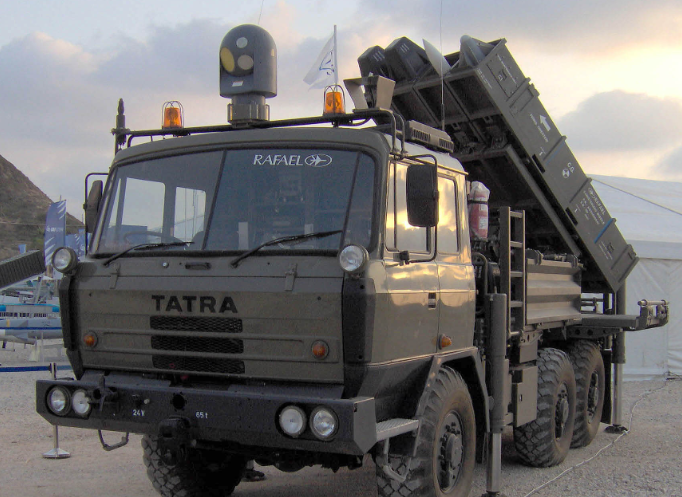What is the Arrow Aerial Defense System? (GS Paper 3, Defence)

Context
- The Arrow Defense System is a cornerstone of Israel’s multi-layered defense strategy against aerial threats, including ballistic missiles.
- Developed jointly by Israel Aerospace Industries and the U.S. Missile Defense Agency, this system began creation in the late 1980s and has evolved over decades to comprise several variants, notably the Arrow 2 and Arrow 3 systems.
Role of Arrow systems
- The primary role of the Arrow systems is to intercept and neutralize incoming ballistic missiles at high altitudes.
- Arrow 2 focuses on engaging threats within the atmosphere (endo-atmospheric), while Arrow 3 extends this capability to intercept outside the atmosphere (exo-atmospheric), paving the way for a multi-tier defense strategy that includes Iron Dome for short-range projectiles and David’s Sling for medium to long-range threats.
How the Arrow Defense System Works
- The operational concept of the Arrow system integrates advanced radar tracking, a control centre, and interceptor missiles to provide a comprehensive air defense solution.
- The system’s radar, known as Green Pine, is capable of detecting and tracking incoming projectiles over long distances.
- Upon detecting a threat, it alerts the Arrow system’s battle management centre, which then calculates the optimal intercept course.
- An interceptor missile is launched vertically, powered by a solid-propellant booster capable of reaching speeds up to Mach 9.
- This two-stage missile employs kinetic energy to destroy its target on impact. Akin to a hit-to-kill approach, the missile directs itself towards the oncoming projectile, adjusting its course based on real-time trajectory updates.
- The latest in this series, Arrow 3, enhances this capability by enabling interceptions at exo-atmospheric levels, addressing long-range missiles before they re-enter the earth’s atmosphere.
- This provides an additional safeguard by attempting to neutralize threats before they can cause harm upon descent.
Israel’s Multi-Tiered Defense System
- Israel’s defense strategy against aerial threats comprises multiple layers of defensive systems that work in tandem to intercept incoming threats at various altitudes and distances.
- Key components of this strategy include the Iron Dome, David’s Sling, and the Arrow Defense System.
- Each system has distinct capabilities tailored to counter specific types of threats.
- Iron Dome: Innermost layer which primarily targets short-range rockets and artillery shells. Since its deployment in 2011, it has proven highly effective, intercepting thousands of threats.
- David’s Sling: This is second level designed to deal with medium to long-range missiles and rockets. It fills the gap between the Iron Dome and the Arrow systems, targeting threats at distances Iron Dome cannot handle effectively.
- Arrow Defense System: Comprises Arrow 2 and Arrow 3 systems, targeting long-range ballistic missiles in the upper atmosphere and in space (exo-atmosphere), respectively. Developed in collaboration with the United States, these systems are crucial for high-altitude interceptions.
Effectiveness in Recent Conflict
- Iran’s unprecedented attack on Israeli soil on April 14, 2024, was a significant testing ground for the Arrow Defense System.
- Despite the complexity of the assault, involving a mix of drones and missiles aimed at overwhelming Israeli defenses, the Arrow system proved crucial.
- The Israel Defense Forces (IDF) reported a successful interception of the majority of threats, particularly highlighting the role of Arrow 2 and Arrow 3 in dealing with the ballistic missiles.
Conclusion
- According to IDF’s statement and corroborated by video evidence on social media, the Arrow systems managed to intercept these threats at a high success rate, particularly Arrow 3 dealing with long-range ballistic missile threats in the exo-atmosphere.
- This successful interception has testified so far the system’s effectiveness, contributing significantly to the strategic defensive capabilities of Israel against evolving aerial threats.


